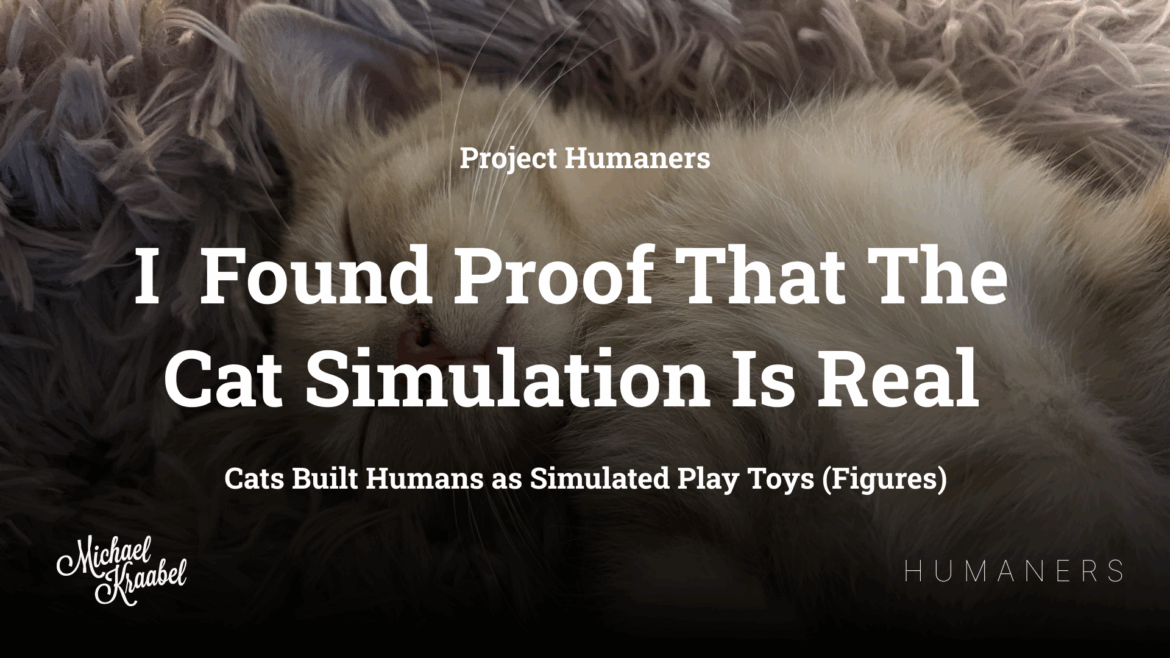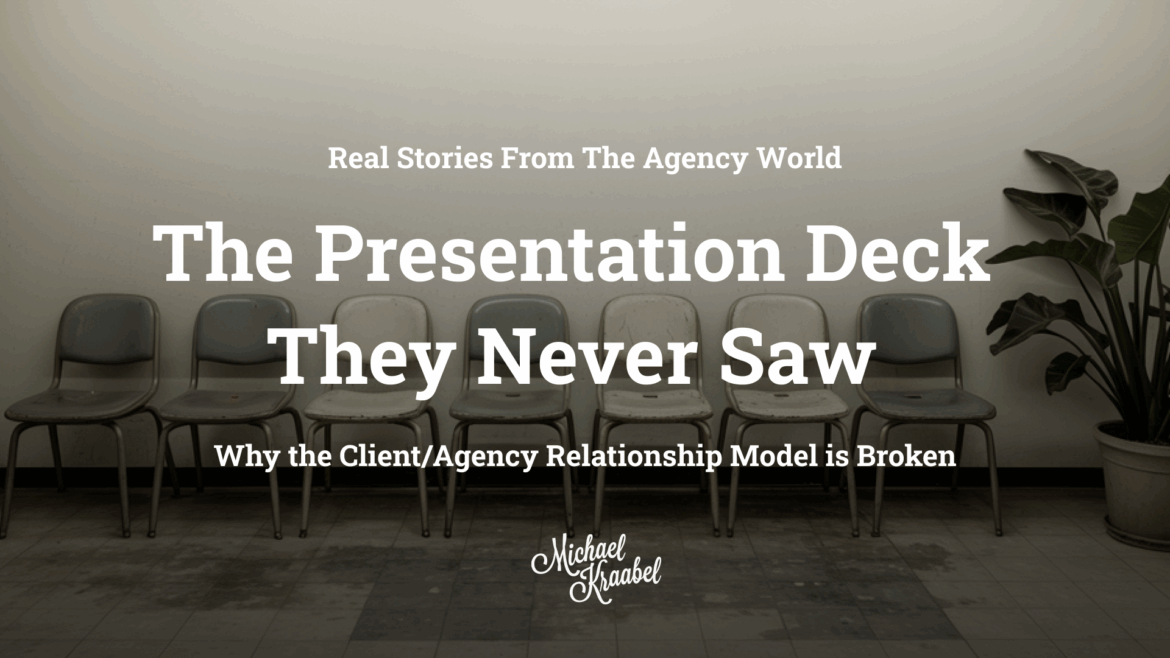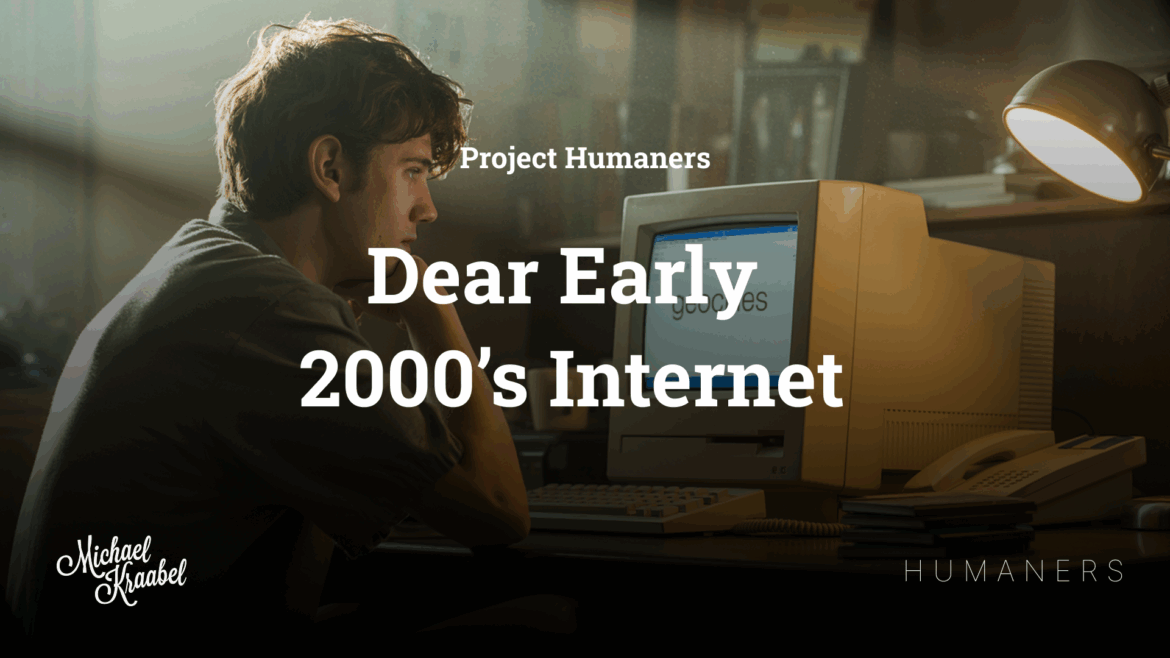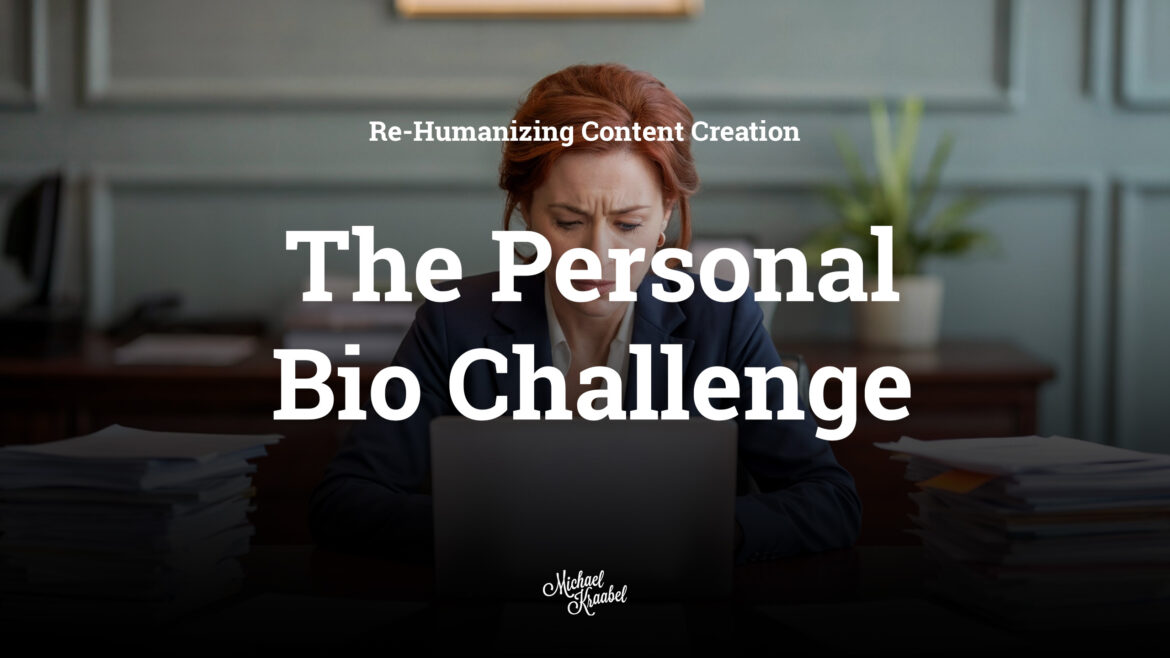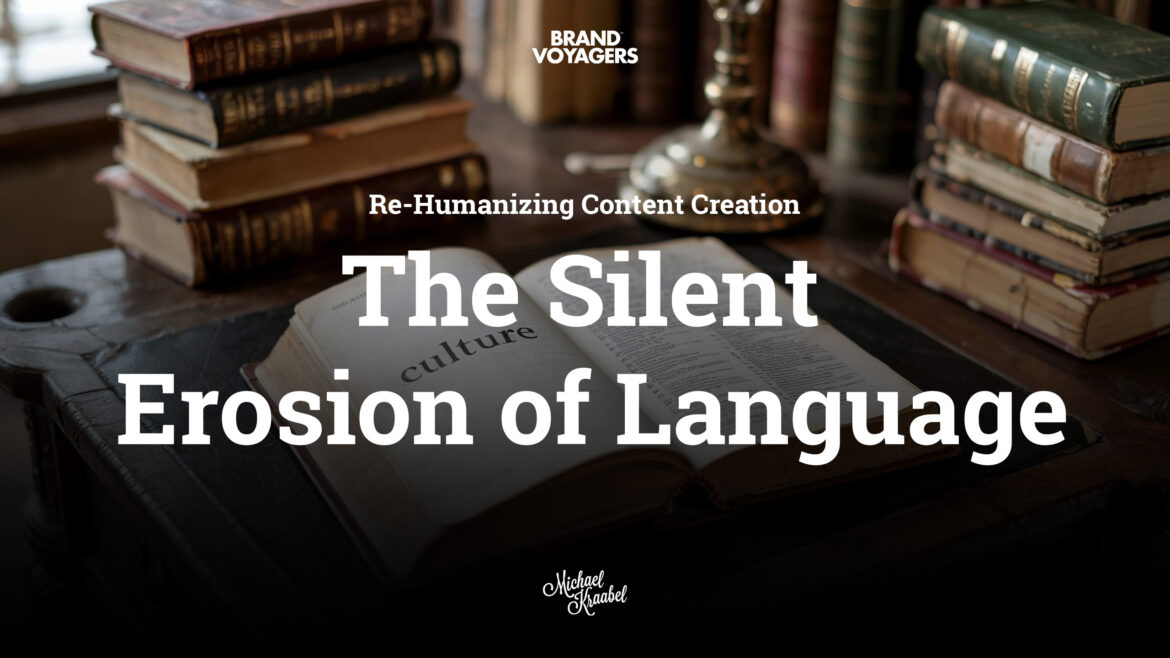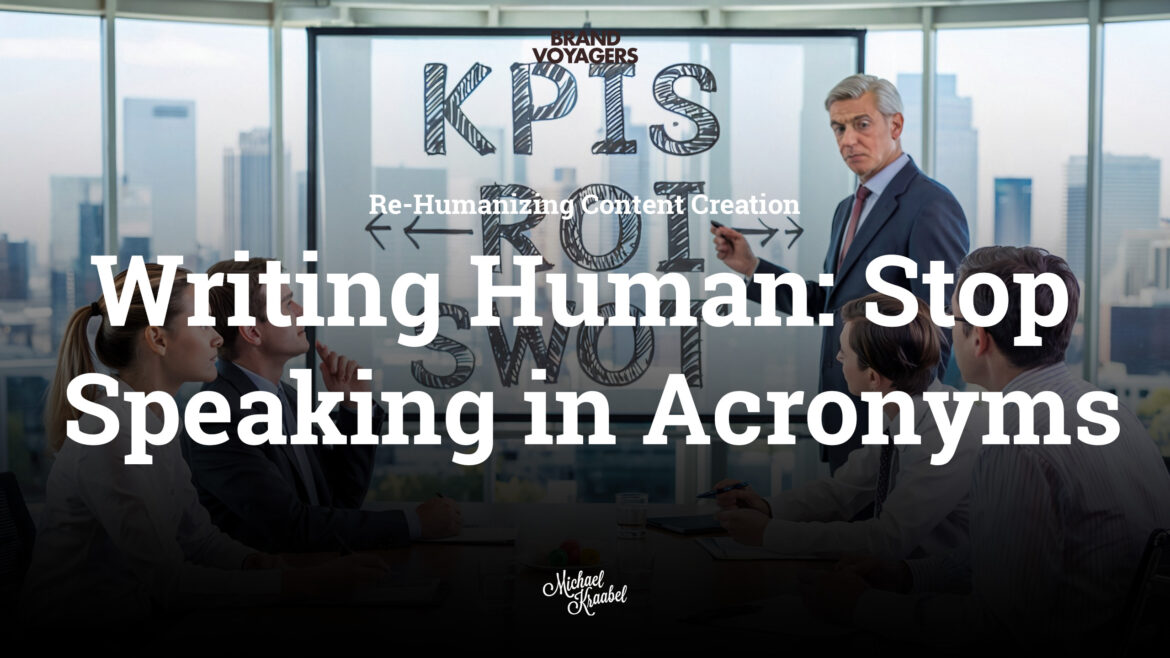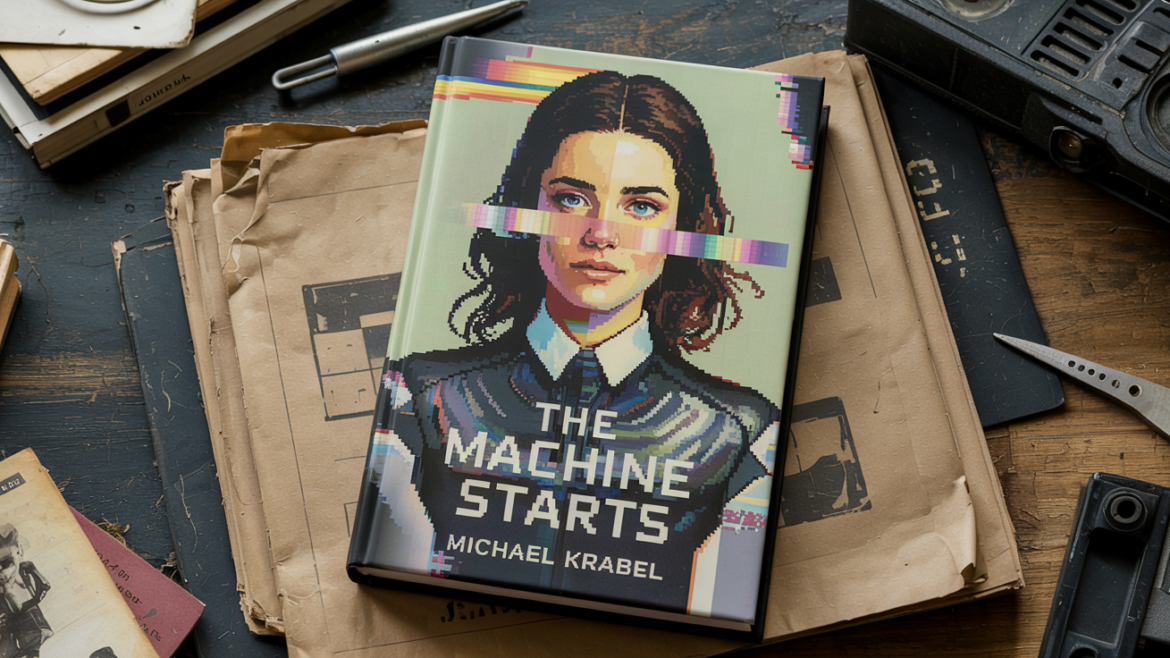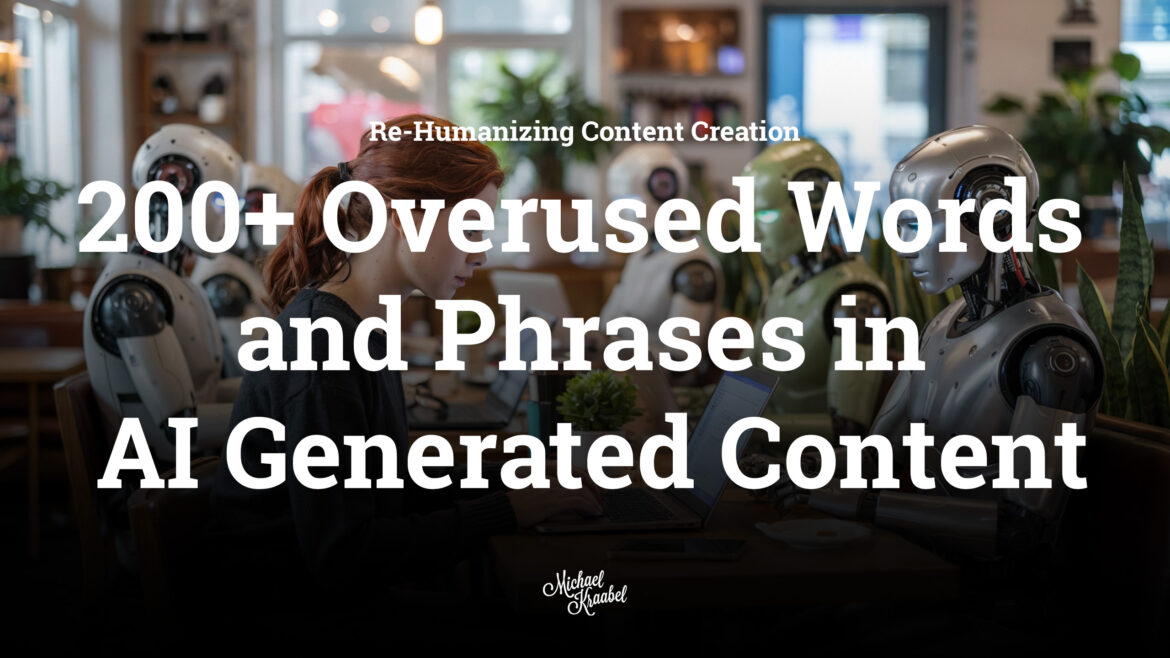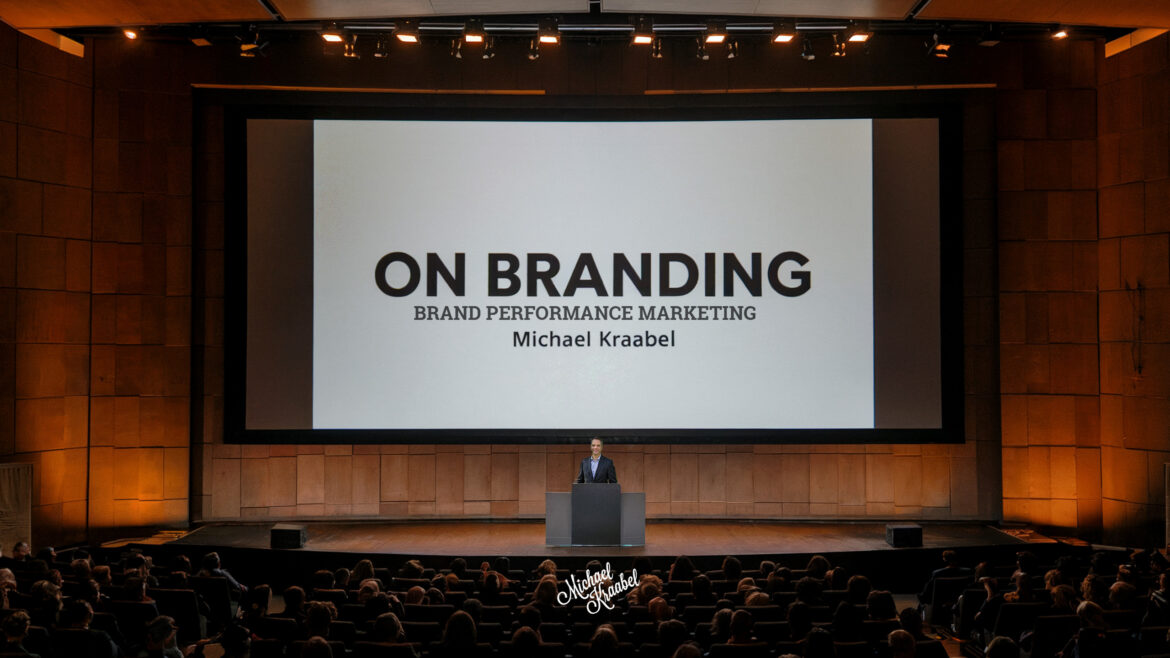I Found Proof That The Cat Simulation Is Real
https://www.kraabel.net/wp-content/uploads/2025/09/KRAABEL-LINKED-GRAPHIC-HERO-32-1024x576.png 1024 576 Michael Kraabel Michael Kraabel https://www.kraabel.net/wp-content/uploads/2025/09/KRAABEL-LINKED-GRAPHIC-HERO-32-1024x576.pngI’ve always suspected cats ruled the world and that we were just the simulation. This week, I accidentally got an answer back. I was testing a new application for Humaners, building what I called a semi-autonomous content generation lab. One of my creative testbeds, Catiki, became the perfect home for it. The theme was cat…
read more

